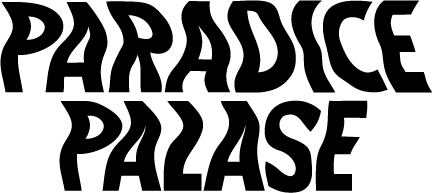Will Kaplan
Writing artist Will Kaplan combines different mediums, techniques, and text to probe boundaries. This New Jersey native grew up exploring highway hemmed nature preserves; tensions between the organic and the human-made manifest in his work. After graduating Skidmore College in 2017, Kaplan has made a new home in Queens, a rich setting in which to explore these themes. His work has appeared in Vellum Magazine, on the walls of Local Project, and with ABC No Rio. In addition to organizing shows in alternative spaces, he currently serves as a board member at the Manhattan Graphics Center, and works as a carpenter and art-handler.
Arranged Life
PP: What does your studio practice look like?
WK: My studio practice is messy. Working in collage, I spend a lot of time flipping through found magazines and textbooks, tearing out pages that speak to me or the work in progress. I need to have those pieces in front of me, or taped to the wall to cut out the most relevant, necessary fragments. The same applies to my drawing and printing materials. I need to leave the markers and the wood-blocks out, just to remind myself that I can switch gears and alter things with my own hand. I save clean-up for the end; putting things away risks pulling me out of the zone, where it's just me, the work, and the material.
Soul’d, 2020, Collage, drawing, linocut, found objects, and carving on found panel, 18.5 x 14 inches
PP: What do you aim to say through your work?
WK: My work usually winds up addressing characters in relation to a setting, and how different landscapes may alter their subjects. In completing pieces, I articulate different, nuanced ways we struggle with or appreciate our surroundings, be they natural or industrial. Repeatedly, I aim to depict a sense of harmony with our landscapes, or critique forces that manipulate our relationship to environments.
Nightmare Movie
PP: Is community something you value in your art practice and why or why not?
WK: Community is such an essential part of my life as an artist. On the first level, I rely on other artists for critique, especially in determining when a piece is finished. For my practice, a viewer completes the work. I want my pieces to live in the world, and showing them to friends is the first step to releasing them into the wild, and to let them speak for themself. It feels rewarding to reciprocate that to friends too. In that vein, going to other friends' openings is fun and exciting, especially to meet their other artist friends, and share in the celebration. It makes me feel like we're all in it together. Because we rely on each other for opportunities and to improve our work, any individual's success feels like a win for all.
AtLast
PP: What challenges have you faced as an artist and how do you overcome them?
WK: One challenge that caught me off-guard, is the after-shock once an important art event passes. Leading up to a show or a presentation, I stay busy finishing work, compiling materials, and promoting. But once that show closes, it often feels underwhelming to return to my daily life, and have no "next big thing" to work towards. I've found a few remedies for that emptiness. That quiet lull makes a good time to focus on cleaning, organizing and purging the studio; it's a chance to clean the slate. I also usually start a new sketchpad after closing a show, as a fun-low stakes way to stay making, without needing to work in the studio. More than anything, I remind myself that without having a "next big thing," to fill my time, I can reconnect with friends and family. I'm blessed to have people who hang out with me when I'm a studio hermit; I feel equally lucky to have time to meet loved ones where they're at too.
To learn more about Will’s work, see his instagram and website.




